News
June 2023, International Book Fair in Asunción
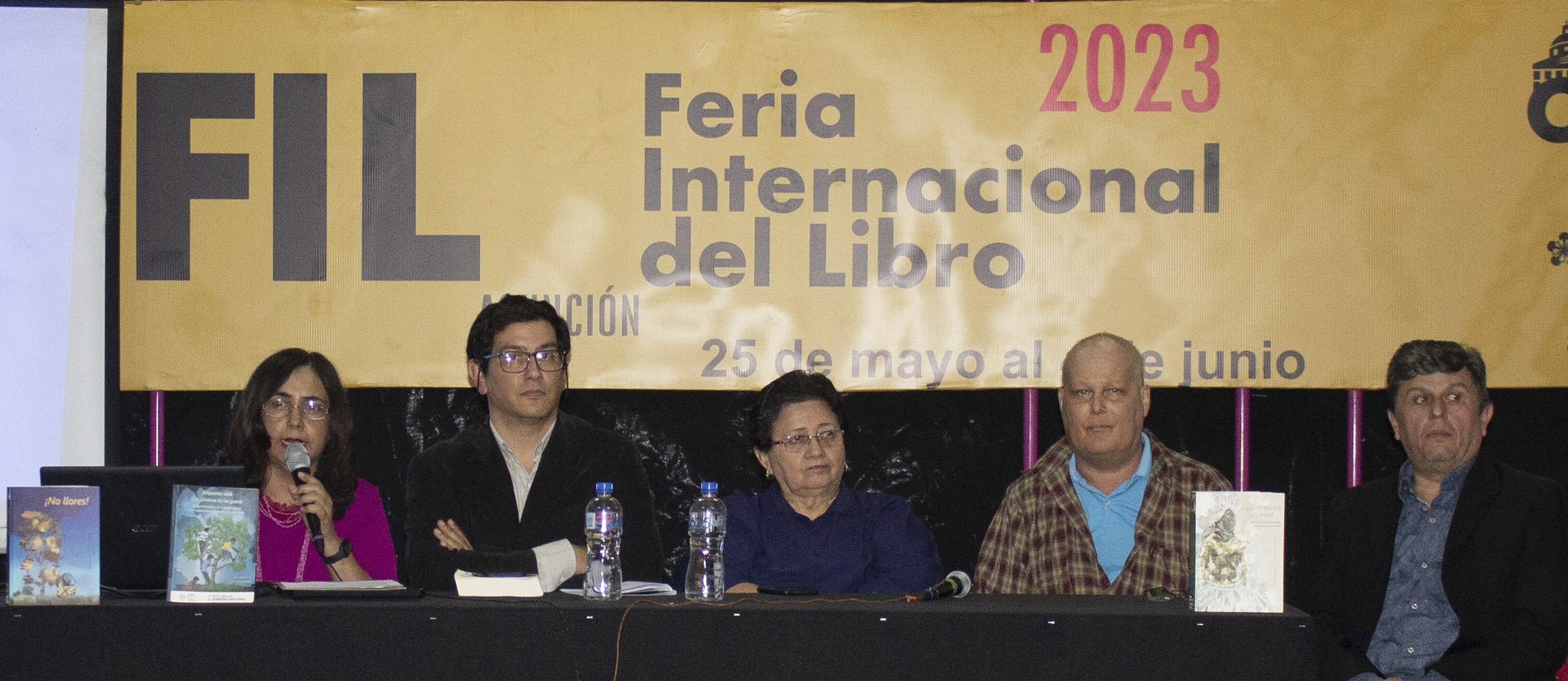 At the International Book Fair in Asunción, Hannes Kalisch was honored in a ceremony organized by the Association of Paraguayan Writers, the Ministry of Languages uand the Tomás Galeano Center for Research and Training. At the event, Rodrigo Villagra Carron emphasized that Kalisch's work breaks with the usual colonial perspective, because he starts from the conviction that every reflection and every concrete action must be directed towards the indigenous societies' own ability to act, and because he shows perspectives on how this can happen.
At the International Book Fair in Asunción, Hannes Kalisch was honored in a ceremony organized by the Association of Paraguayan Writers, the Ministry of Languages uand the Tomás Galeano Center for Research and Training. At the event, Rodrigo Villagra Carron emphasized that Kalisch's work breaks with the usual colonial perspective, because he starts from the conviction that every reflection and every concrete action must be directed towards the indigenous societies' own ability to act, and because he shows perspectives on how this can happen.
Downloads
Newsletter 05 (May 2023)
Newsletter 04 (July 2022)
Newsletter 03 (January 2022)
Presentation (January 2022).
June 2023, Debates Indígenas
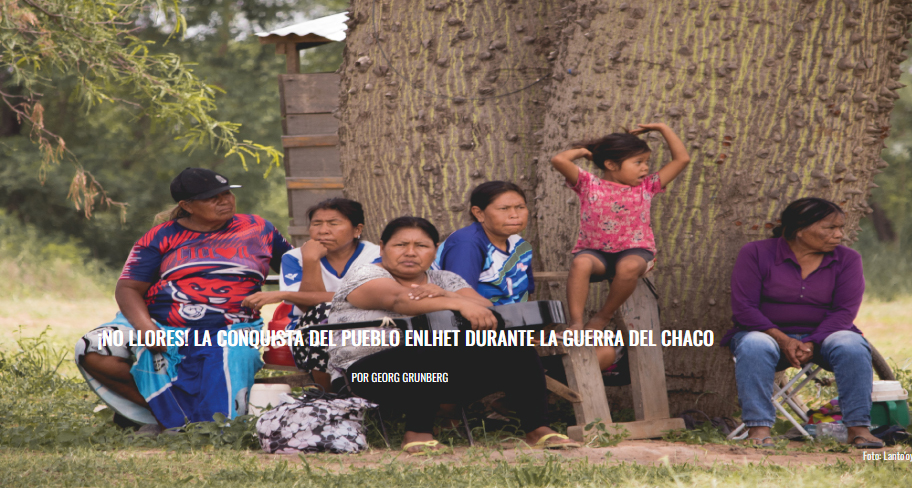
Georg Grünberg has published a review of the two volumes ¡No llores! and ¡Qué hermosa es tu voz! - in German Wie schön ist deine Stimme (How beautiful is your voice) - in the digital journal of IWGIA Debates Indígenas. In the review, he describes the colonization process of the Enlhet territory under the title ¡No llores! La conquista del pueblo enlhet durante la Guerra del Chaco ("Don't Cry! The Conquista of the Enlhet by the Chaco War").
October 2022

At the conference First Workhop on Lexicography in Indigenous Languages of the Americas in Ottawa, Canada, linguists working on dictionaries of indigenous languages shared their experiences. Hannes Kalisch gave a presentation there on descriptive difficulties in Guaná semantics.

At the conference Departing Canada, Encountering Latin America: Reflections on the Centenary of Mennonite Emigration from Canada to Mexico and Paraguay at the University of Winnipeg, Hannes Kalisch used Mennonite sources and Enlhet accounts to show how the relationship between the two groups at the beginning of Mennonite immigration settled into patterns that are still relevant today.
Mai 2022.
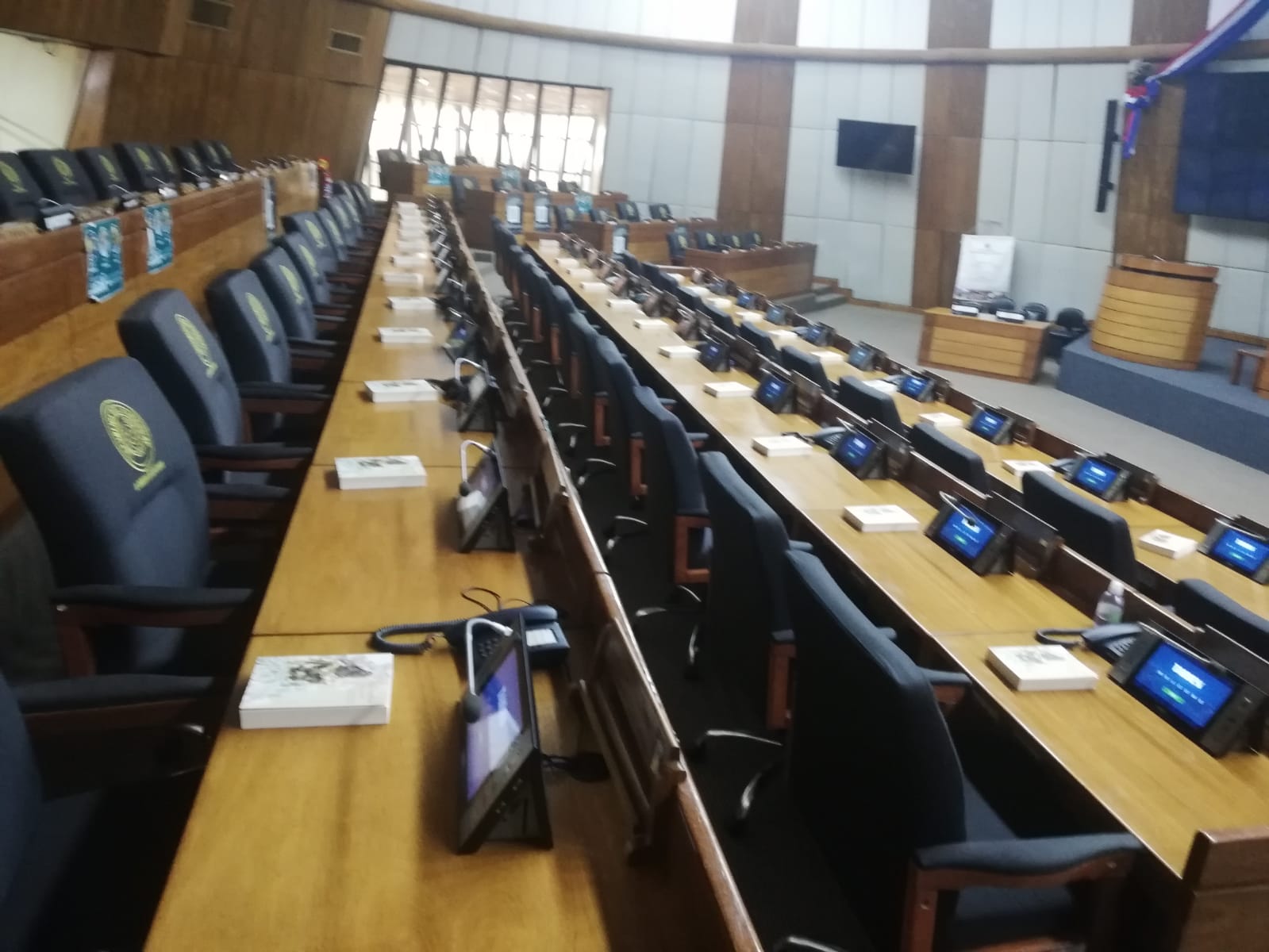 The Paraguayan Chamber of Deputies has declared the following books to be of "national and cultural interest":
¡Qué Hermosa es tu voz!, Relatos de los enlhet sobre la historia de su pueblo (German: Wie schön ist deine Stimme. Berichte der Enlhet in Paraguay zu ihrer Geschichte) und ¡No Llores!, La historia enlhet de la guerra del Chaco (Englisch: Don't Cry. The Enlhet History of the Chaco War).
The Paraguayan Chamber of Deputies has declared the following books to be of "national and cultural interest":
¡Qué Hermosa es tu voz!, Relatos de los enlhet sobre la historia de su pueblo (German: Wie schön ist deine Stimme. Berichte der Enlhet in Paraguay zu ihrer Geschichte) und ¡No Llores!, La historia enlhet de la guerra del Chaco (Englisch: Don't Cry. The Enlhet History of the Chaco War).
April 2022.
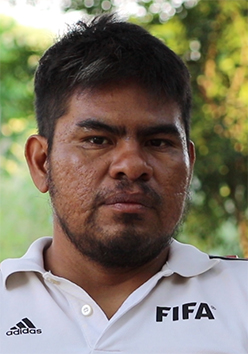 Lanto’oy’ Unruh presented new photographs and digital images at an Open Studio hosted by the Santo Domingo Centre of Excellence for Latin American Research (SDCELAR). The Open Studio is part of a series in which artists from the Paraguayan Chaco present works created during a residency (virtual due to the pandemic) at the British Museum.
Lanto’oy’ Unruh presented new photographs and digital images at an Open Studio hosted by the Santo Domingo Centre of Excellence for Latin American Research (SDCELAR). The Open Studio is part of a series in which artists from the Paraguayan Chaco present works created during a residency (virtual due to the pandemic) at the British Museum.
The Open Studio with Lanto'oy' Unruh's presentation can be found here.
March 2022.
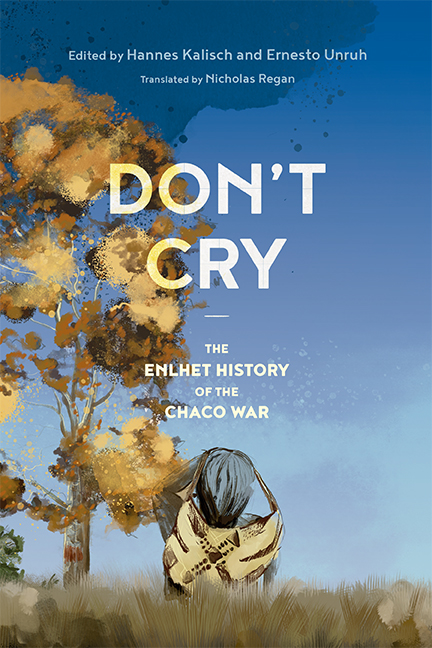 Don't Cry. The Enlhet History of the Chaco War has been published by McGill-Queen's University Press in Montreal. Don't Cry is a translation of ¡No llores! (2018) and contains eyewitness accounts of Enlhet experiences during the Chaco War (1932-1935).
Don't Cry. The Enlhet History of the Chaco War has been published by McGill-Queen's University Press in Montreal. Don't Cry is a translation of ¡No llores! (2018) and contains eyewitness accounts of Enlhet experiences during the Chaco War (1932-1935).
February 2022.
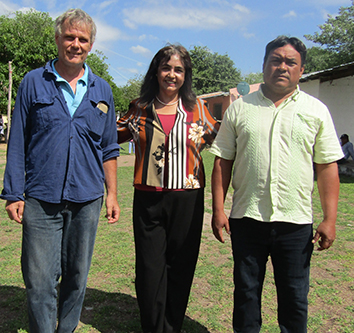 Mid-February 2022, Lucía Cuellar, one of the last two Guaná speakers, died as a result of a corona infection. It was she who wished to preserve the Guaná language and supported our work with great energy. Without her language skills, our records of the Guaná language would have been impossible. Together with her we have compiled an extensive amount of recorded material that now has to be edited. The last speaker, who is younger than Lucía Cuellar, will support us in this process.
Mid-February 2022, Lucía Cuellar, one of the last two Guaná speakers, died as a result of a corona infection. It was she who wished to preserve the Guaná language and supported our work with great energy. Without her language skills, our records of the Guaná language would have been impossible. Together with her we have compiled an extensive amount of recorded material that now has to be edited. The last speaker, who is younger than Lucía Cuellar, will support us in this process.
Pictured: Miguel Cuellar, Leader of the Comunidad Guaná Río Apa, Ladislaa Alcaraz, Minister of the Secretaría de Políticas Lingüísticas, a kind of language ministry, and Hannes Kalisch in March 2022 in the Comunidad Guaná Río Apa.
November 2021.
Throughout the year, I have visited the Guaná three times for a week to continue working on the dictionary of their language with the last two remaining speakers. Each time, it takes several weeks to work through the information I gather in a week.
October 2021.
Lanto’oy’ Unruh, a member of Nengvaanemkeskama Nempayvaam Enlhet, is working with the British Museum in London. As a photographer, he was asked to give insight into Enlhet life today.